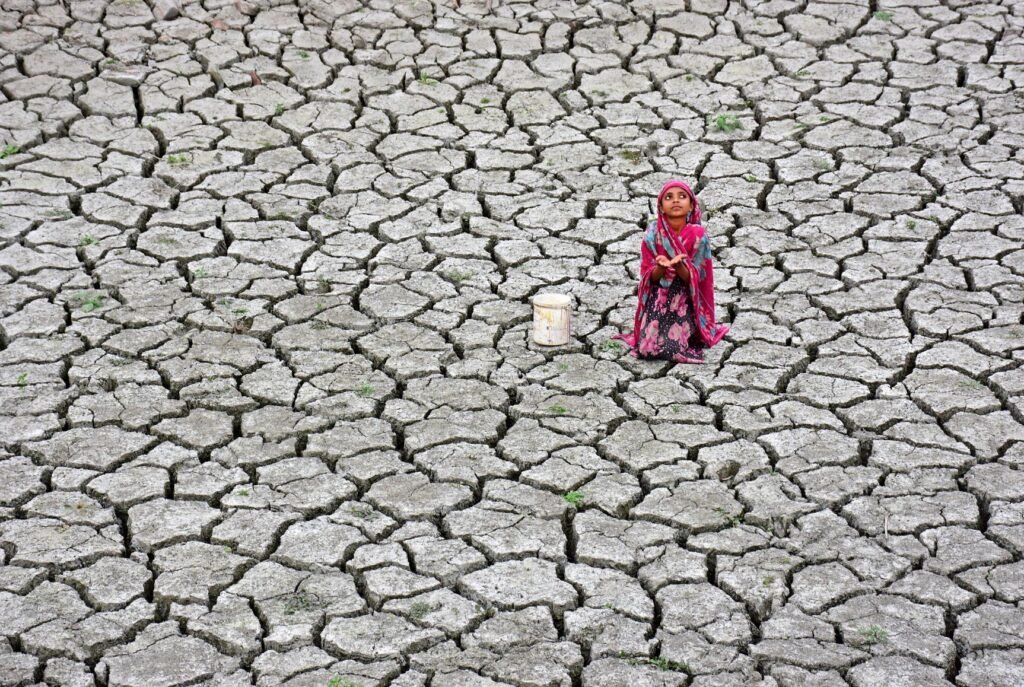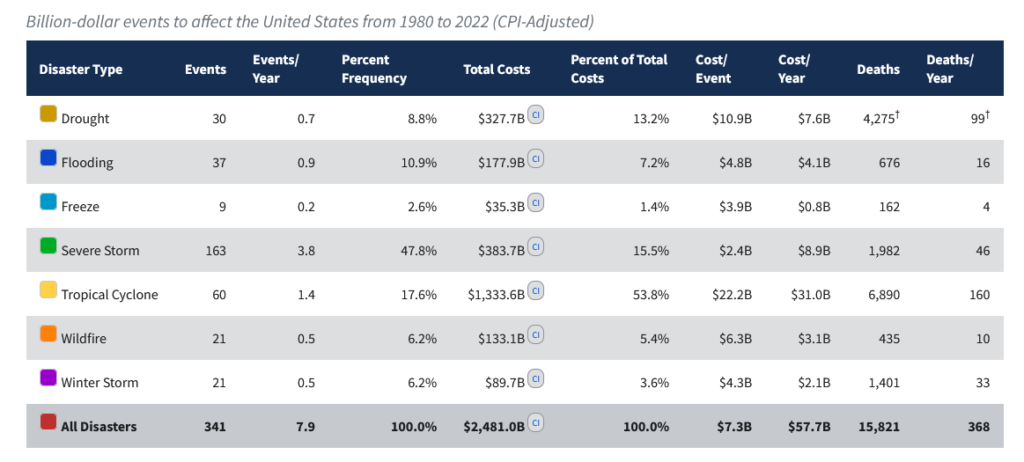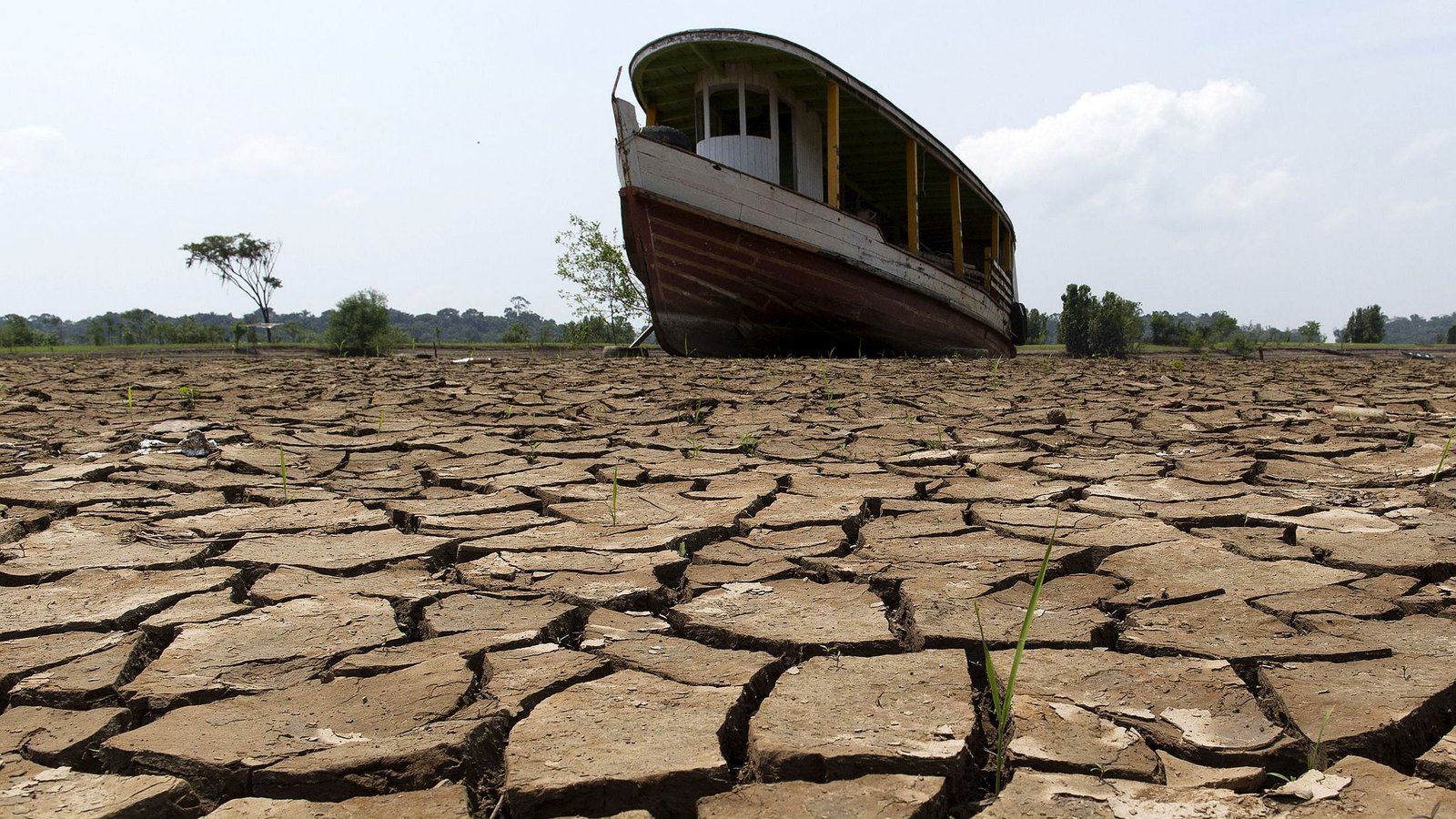Droughts and floods are expected to grow more common and severe as our planet heats and climate changes, but identifying this on regional and continental sizes has proven challenging. A new NASA-led study reveals that catastrophic droughts and pluvials – times of excessive precipitation and water storage on land – are becoming increasingly common.

Two NASA scientists studied 20 years of data from the NASA/German GRACE and GRACE-FO satellites to detect exceptional wet and dry episodes in a paper released on March 13, 2023. Floods and droughts generate more than 20% of the economic losses caused by extreme weather events in the United States each year.
The economic consequences are comparable throughout the world, though the human toll tends to be most devastating in poor neighborhoods and developing nations.

The scientists also found that the worldwide intensity of these extreme wet and dry events – a metric that combines extent, duration, and severity – is closely linked to global warming.
The frequency of extreme wet and dry events was four per year from 2015 to 2021, compared to three per year in the previous 13 years, and we know that warmer air causes more moisture to evaporate from Earth’s surface during dry events; warm air can also hold more moisture to fuel severe snowfall and rainfall events.

By far the most intense event identified in the study was a pluvial that began in 2019 in central Africa and is still ongoing. It has caused the level of Lake Victoria to rise by more than one meter. A 2015-2016 drought in Brazil was the most intense dry event of the past two decades, leading to empty reservoirs, and water rationing across some Brazilian cities.
Climate change may be an abstract concept, but the effects on the water cycle are real. Global warming will bring more severe droughts and wet periods, affecting people, the economy, and agriculture all across the planet. Monitoring hydrological extremes is critical for anticipating, mitigating, and adjusting to future disasters.
Reference- Nature Water, NOAA, National Geographic, NASA Study






